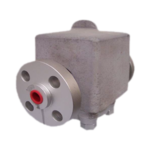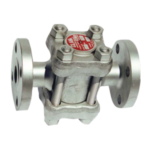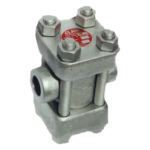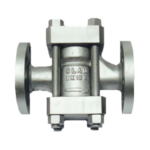Manufactured by CLAM Engineering, to the original specifications in:
- Bronze
- Carbon steel
- Chrome Moly Steel
Complete with the full spare parts back up.
Any component of any CLAM steam trap is available as a spare part.
Optional Insulating Cover:
Insulating cover in Cast Aluminum to prevent the trap being unduly influenced by excessive heat loss such as when subjected to low outside temperatures, wind, rain etc.
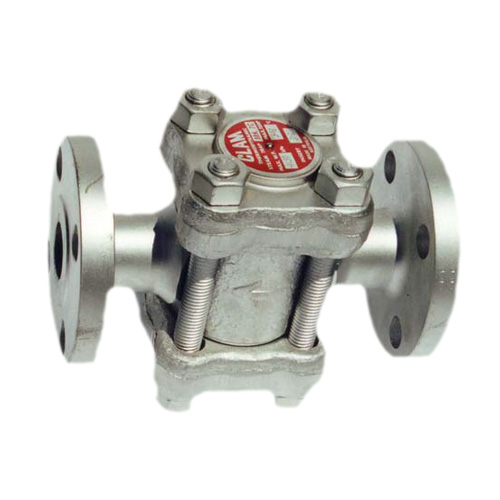

A Brief Overview: How Steam Trap’s Work
TRAP OPEN
Initial flow of condensate and air has opened valve, allowing free discharge to waste.
This condition remains, as the high density of condensate and air prevents me valve from closing.
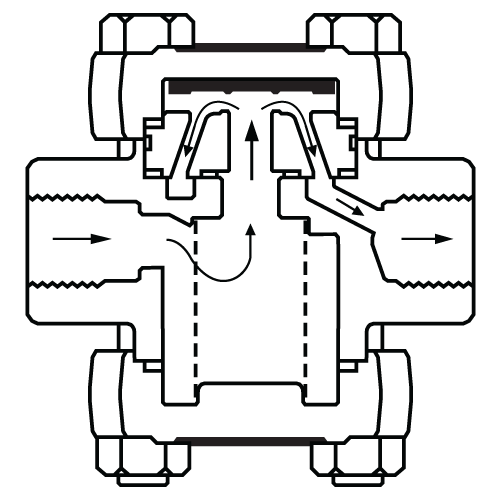
COMMENT
The Clam Thermodynamic Steam Trap design gives firm positive action, high flow rates and considerable air discharge ability, providing fast heat-up with excellent condensate scarifying characteristics.
TRAP CLOSING
The high velocity of condensate now nearing saturated steam temperature flashes to low pressure steam. Density of fluid is reduced. Pressure across valve seating face is reduced. Pressure head above valve is increased. Valve closure is initiated, thus accentuating all the above activity. Valve snaps shut.
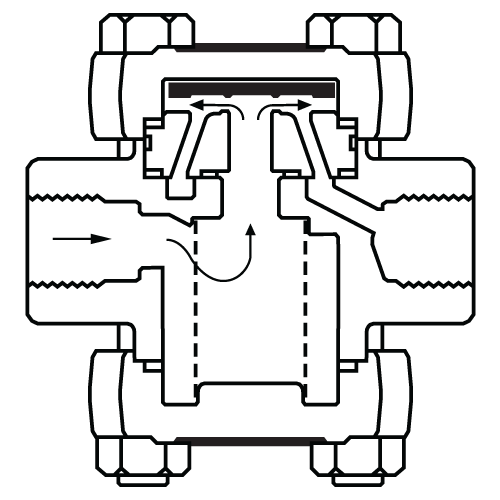
COMMENT
Where condensate loads are heavy, closure peroid is short, open periods long. This relationship changes directly with condensate load until in “no load” conditions, the trap closure is long, and opening a fraction of a second.
TRAP SHUT
Pressure of steam contained above valve acts downwards over full area.Pressure at Inlet orifice only, acts upwards. Thus valve is held in closed position. Condensation in control chamber reduces in pressure until upward pressure prevails. Valve lifts.
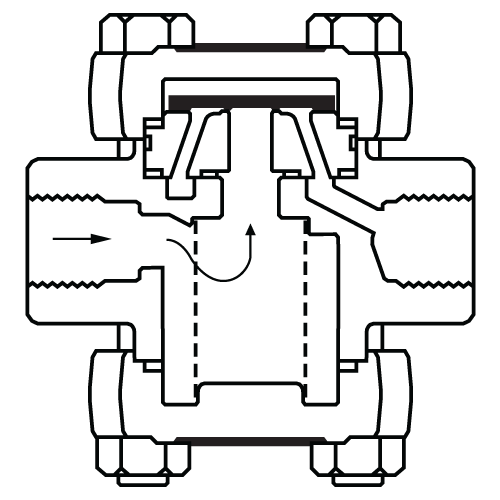
COMMENT
As Clam steam traps have a choice of valve/seat sets for each mode,l performance characteristics are easy to match with application requirements. Should a mistake in choice be made, correction Is simple.
TRAP REOPENED
Valve now in full open position. If steam only is present at inlet, valve is immediately closed. If condensate present, valve remains open until following condensate at near saturated steam temperature closes the valve.

COMMENT
It is now evident that the operation of the Clam Thermodynamic Steam Trap follows a sensitive and orderly pattern, as dictated by the conditions of the unit being drained. It does this in spite of changes in pressure, temperature and condensate loading. In short. It does as it is told.

